| Architect |
Kevin Roche |
| Date
Built |
Completed
2010 |
| Location |
North Wall
Quay, Dublin |
| Description |
|
|
The Dublin Convention
Centre sits beside the Liffey on land that
was once a abandoned railway yard.
The building contains a 2,000-seat
auditorium, two 450-seat multi-media
halls, exhibition spaces, conference
banqueting halls, meeting rooms, and
lecture areas. The architect's
website says of it that, "It is designed to attract both
international and national
conference/exhibition markets.
Materials, systems, construction
techniques, and maintenance procedures
have been selected to provide the most
sustainable building possible. ... The
brief and site require a vertical
stacking arrangement. The lobby and
circulation foyers are enclosed by a
glass atrium which will immediately
identify the Centre to visitors. Stairs,
escalators, and lifts will create an
exciting processional moving up through
the atrium, enhancing interaction
between delegates while providing
panoramic views of the city and
mountains to south. The foyers will
support a variety of activities beyond
circulation: event registration areas,
breakout/discussion spaces, and food/bar
service."
The Docklands Authority who commissioned the building describe it as, " ... a stunning glass fronted atrium running the full height of the building - giving visitors panoramic views of the River Liffey, Dublin city centre and the Wicklow mountains. This tilted glass cylinder - 54 meters high and 39 meters in diameter - intersects the granite wall of the south facade, creating a partial parabola. The glass cylinder opens up to the activities inside and makes for a highly visible entrance." It has been described as the World's first carbon-neutral convention centre and it is this aspect of it that attracted the attention of Popular Science. In an article published on the POPSCI.com website they comment on the building's, " ... energy recovering ventilation system, including a thermal wheel heat recovery system which actually traps radiating heat from guests, as well as water vapor in the air, for use in heating and cooling later. It's got a massive ice storage unit, which it turns out is a much more green method of cooling the air down than air conditioning." They add that, " ... all of this is regulated by an integrated building automated system, which continually monitors temperature, pressure, and other environmental factors and adjusts its efforts in real-time." |
|
|
The
Convention Centre, Dublin, Ireland
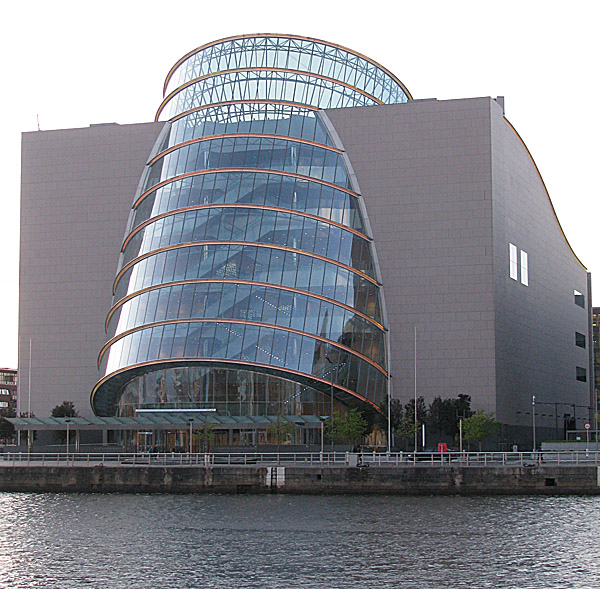  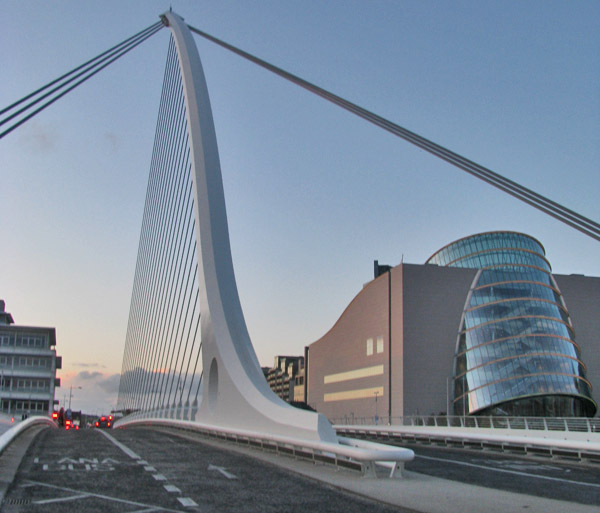 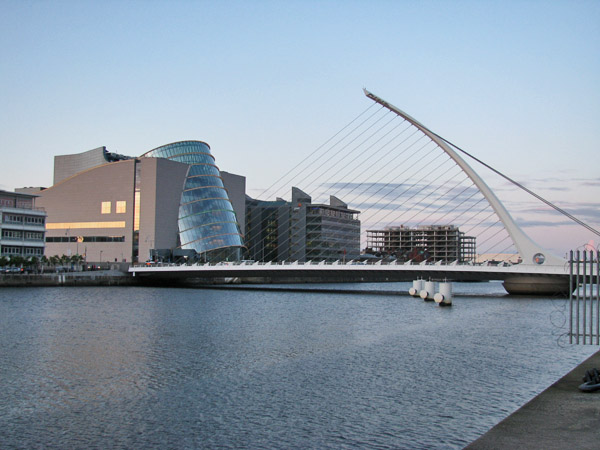 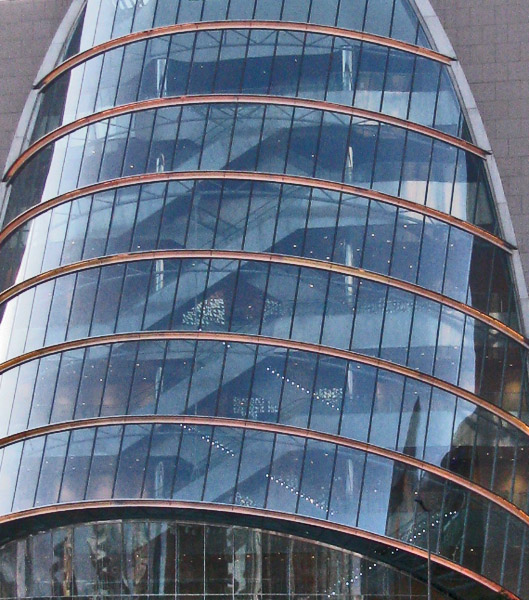 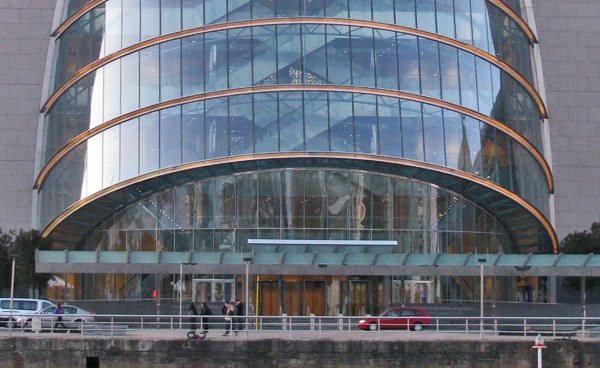 |
